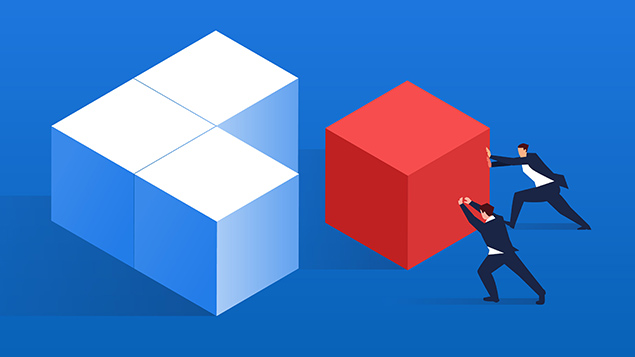Inefficiency for the Insurance Industry
The customer experience and expectation are not the same. And while it should be the case, brokers and insurers still struggle with information siloes and the massive amounts of data to process arriving in every format possible.
Brokers and insurers that have made strides in delving into automation have improved data movement between new and legacy systems. The big inefficiency now boils down to unstructured data and the management of it: how to classify, extract, enrich, compare and make it available across the insurance enterprise. Commercial insurance brokers, insurers and reinsurers send and collect information in their chosen format. Yet the number of different formats is significant.
Know Your Customer By Knowing the Data
According to Rahul Jain, Head of RPA CoE at Swiss Re “automation is playing a key role in enabling our business. But though we speak of automation, in truth the driver, or ultimate enabler, is data.”
The most successful insurers are able to utilise customer data¬. By leveraging this data, insurance organisations can analyse and look for patterns in terms of customer pain points, such as setting up policies, renewing older ones and making a claim. And by using predictive analytics can anticipate customer needs for years to come.
Rahul Jain explains, “If you consider our industry, there are thousands of competitors in writing
insurance. The products themselves are not hugely differentiated, but where we can drive a real
competitive advantage – where we can differentiate ourselves is in better leveraging the policy level data that we already have. Improved access to that data provides us with an invaluable edge.”
What Holds Insurers Back from Embracing a Digital Future?
- Navigating oceans of data
Insurers have a lot of data in multiple formats; paper, electronic, spreadsheets, email and forms. It’s a huge effort to manually extract data from these documents, compounded by the errors associated with manual entry. - Reinventing outdated processes
Manual processes such as producing quotes/renewals, comparing quotes, policy discrepancies, ingesting policies and endorsements, understanding limits and coverages are slowing back-office operations to a crawl. - Dealing with legacy systems of record
Complex IT environments make it difficult to leverage data. Maintaining these ageing systems uses a large portion of your IT budget, despite doing little to help move the business forward. - Failure to scale
Large scale emergencies such as tornadoes, hurricanes and COVID-19 require faster claims processing, emphasising the need to scale.
Now that we established data is key for automation and providing a competitive advantage, how do insurers classify, ingest or digitise it? The largest hurdle remains how to handle the massive quantity of unstructured data. Traditional capture solutions, such as Optical Character Recognition (OCR) only work with structured formats, based on a template you create to reference it. But if the requirement is to extract complex sections such as sublimits, deductibles, endorsements and underlying insurance, OCR will be ineffective and require significant human intervention.
This is not an efficient process, leaving many documents to be entered in manually. Solutions that use AI as a way to provide intelligence to the digitisation process are key, especially when needing to compare documents, data sets or apply specific business rules to get the desired outcome.
Cognitive-based machine reading solutions are an effective answer to digitising data, providing greater value to insurance organisations. Cognitive Machine Reading (CMR) doesn’t rely on templates, zones formats and languages, it successfully ingests both structured and unstructured formats. From tables, checkboxes, handwriting, cursive and even images allow end-to-end process automation. Better still is that CMR is built with Machine Learning – essentially learning your processes and improving accuracy over time, even with smaller data sets.
Now the data is in a useful format and available for downstream processing. Less data is left behind and the current investments like RPA boost greater utilisation. Data is the key lever for any intelligent automation programme and the race for it is inevitable. Turning away from a data digitisation perspective will hurt your ability to stay competitive moving forward in the digital-first, global pandemic business environment.
While insurance, by and large, is highly regulated, insurers need to commit to speed, as customer demand is changing the market landscape. Searching for a way to become a bit more agile, data is key for building the expected customer experience. And automation is a driver that will help insurers get there.
If you’re interested in learning more, download your free copy of this SSON report, How Commercial Insurance Gains an Edge by Digitising Data
Source: Antworks








